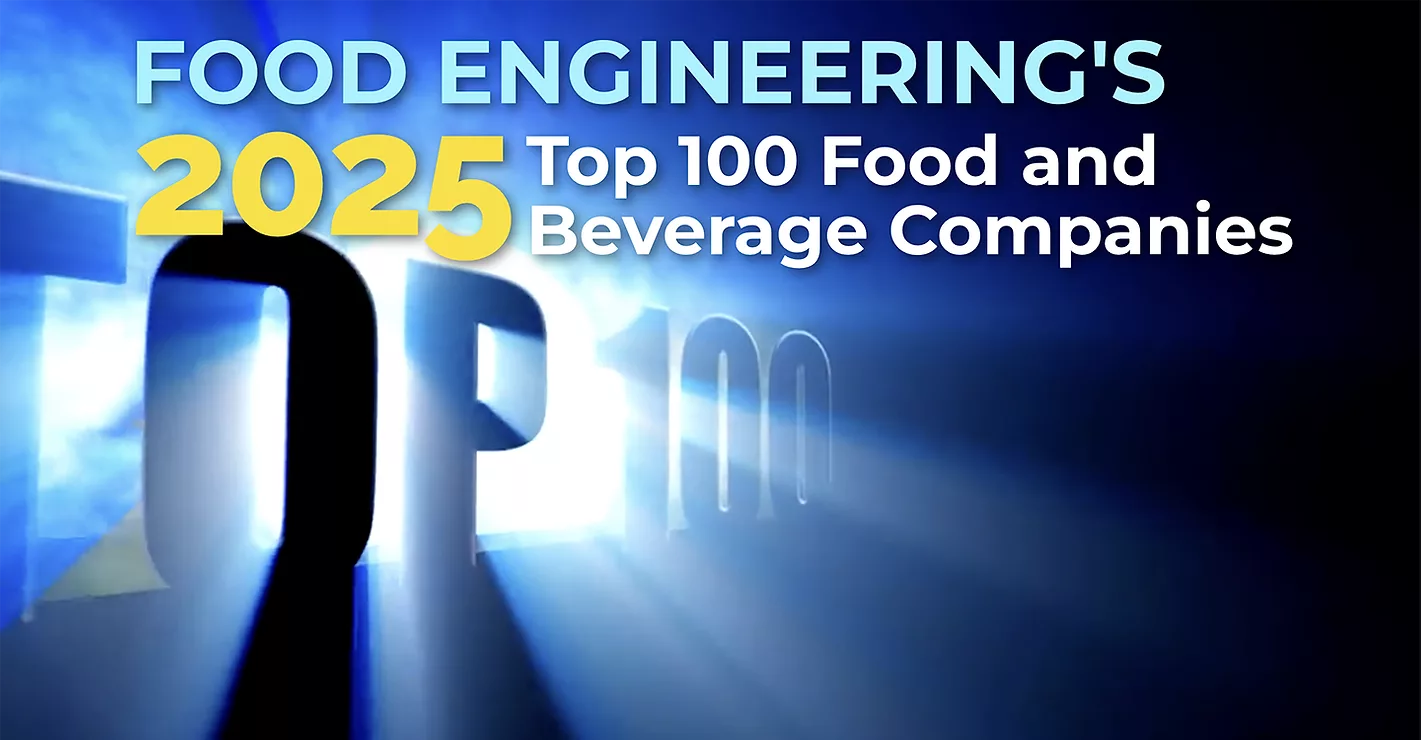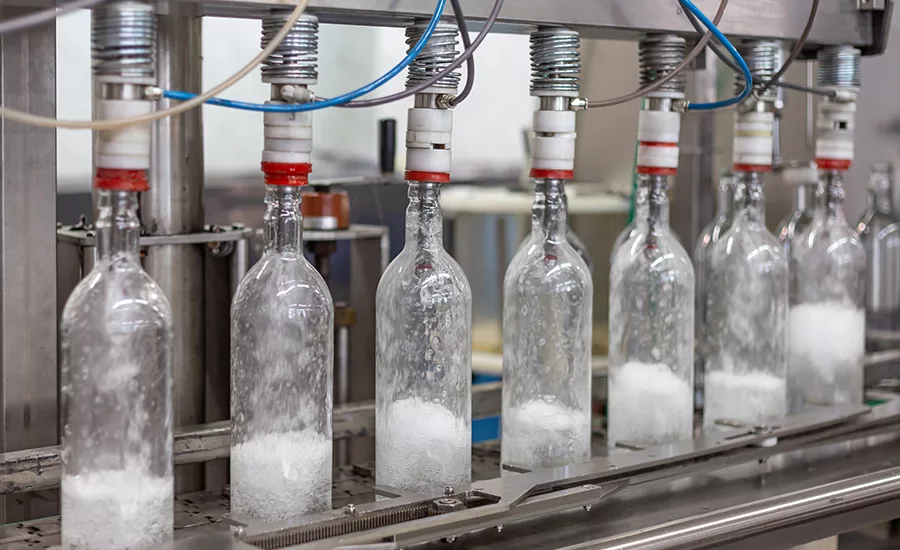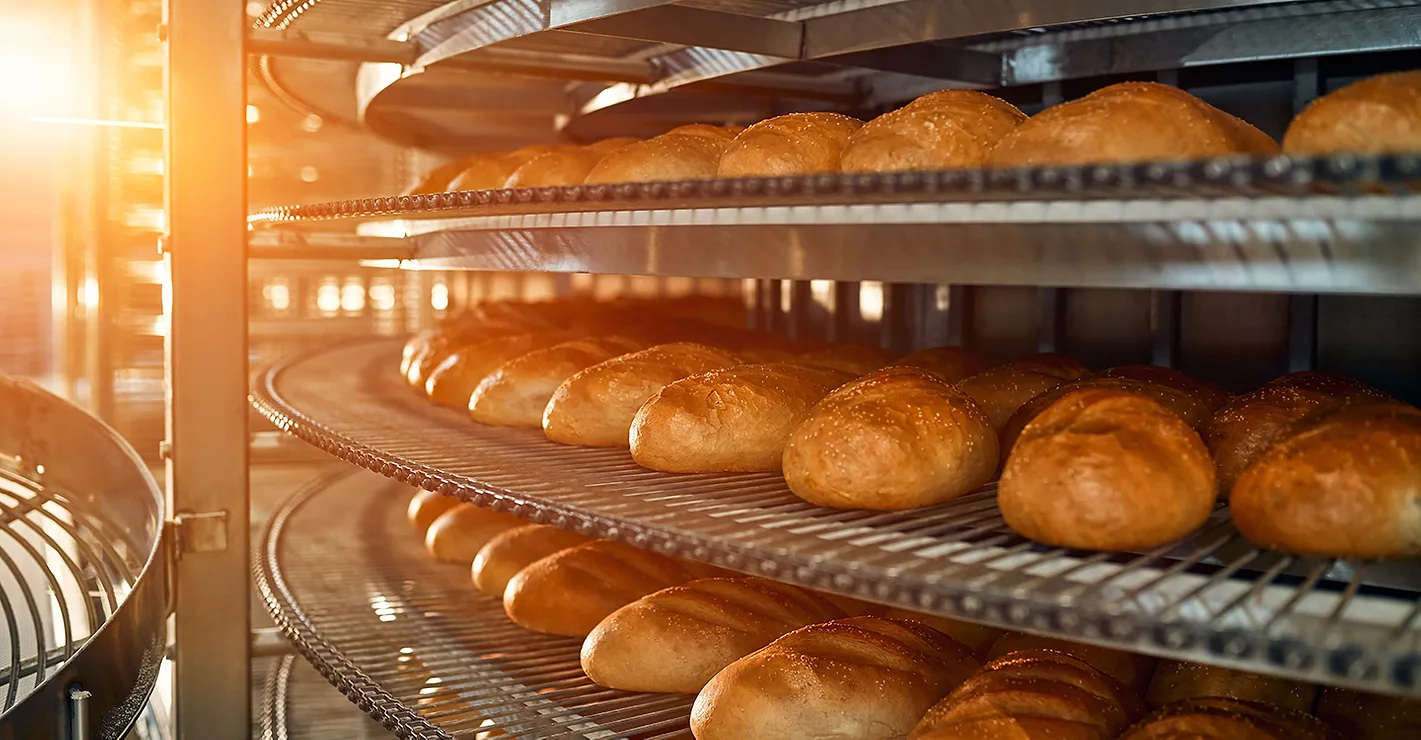Checkweighers of the Past, Present and Future

When combined with metal detection, X-ray and vision inspection, checkweighers can guarantee a complete and robust food safety and quality assurance solution. Image courtesy of Fortress Technology
The top priority for any food manufacturer is to deliver high-quality food products that are safe for human consumption. In today’s rapidly evolving food sector, processors face intense competition, changes in consumer trends and purchasing patterns, and stricter regulatory pressures, as well as fluctuating costs of ingredients and ever-expanding product SKUs.
One thing is for certain: Consumers no longer tolerate inconsistences in their food products, and neither does the U.S. Food & Drug Administration (FDA). The consequences of a food pack containing an amount that is different to what is stipulated on the packaging can be serious, particularly for consumers of weight loss, “free-from” and infant foods. Detrimental effects can range from costly, brand-damaging recalls, to adverse, life-threatening reactions that could shut down a food business. In regions where weights and measures standards are stricter, intentionally and knowingly distributing underweight products could be deemed fraud.
The industry’s recent emphasis on optimizing productivity and increasing sustainability has led to overfilling—a method typically used by manufacturers to avoid falling foul of weight legislations—being regarded as a wasteful and uneconomical practice. Now more than ever, it is imperative that food manufacturers utilize highly sensitive, smart checkweighing technology to improve their production processes, protect consumer health and safety and gain a competitive edge in the rapidly expanding food industry.
A Timeline of Checkweighing
Throughout the ages, weighing scales and weights and measures legislations have played a crucial role in agriculture and food production. The earliest known scales used in food trade were called balance scales. These were found in Ancient Rome and Egypt and were used to determine the weight, and subsequent value, of merchants goods. The food product would be placed on one pan with weights added to the other until the two pans were balanced, indicating the food’s value.
Weights and measures regulations are also far from new. Historical references to food quality management date as far back as 1266, when the Assize of Bread and Ale in medieval England regulated the price, weight, and quality of bread and beer. Several centuries later, in 1785, Massachusetts passed what is believed to be the first food safety law: the Act Against Selling Unwholesome Provisions. These were all deemed precursors to today’s food safety and weights and measures regulations.

During the Industrial Revolution, technological breakthroughs were plentiful. Invented in the 18th century, spring scales—the first mechanical weighing scales—were commonly used in agriculture and food processing. For weighing heavier loads e.g., sacks of grains, platform scales were developed, utilizing a lever and counterbalance system.
By 1967, the Fair Packaging and Labeling Act was introduced to prevent unfair or deceptive packaging and labeling of many household products, including food. This Act requires the identification of the commodity, the name and location of the manufacturer, packer or distributor, and the net quantity of contents in terms of weight, measure or numerical count.
As population growth skyrocketed, automated food production processes led to the type of mass production evidenced today. The first automatic weighing systems were invented in the mid-1900s to reduce reliance on manual labor and to increase efficiency and accuracy.
Advances in technology led to the creation of electronic scales, featuring electro-mechanical sensors called load cells and relying upon a strain gauge to measure weight. Before automatic electronic checkweighing equipment became easily accessible, many food companies used a single electronic scale to check the weight of a sample from each batch. Although this can help maintain compliance, by default it will never be as robust as an automatic checkweighing system, which will verify the weight of 100% of all packs being inspected. On today’s processing lines, it is widely regarded as good manufacturing practice to weight check every single product.
Now, automated electronic checkweighing systems are the most widely used weight check technology within the food industry—recognized for their precision, reliability and efficiency. The enhanced capabilities of these modern inspection systems have the ability to elevate food safety, quality management and brand protection to a whole new level.
When combined with remote monitoring, data collection software and automated verification procedures, these systems have the ability to enhance traceability, simplify tracking upstream portion control issues, reveal hidden productivity gains and drive untapped ROI.
Checkweighing In Tomorrow’s World
The global market outlook for automatic checkweighers is strong. Valued at $260 million in 2023, it is predicted to grow annually by 4.3%, reaching $400 million by 2033. The North American market is expected to expand rapidly during this period, attributed to the demand for automation that boosts productivity and reduces expenses.
Modern checkweighing systems have refined their processes far beyond simply achieving high speeds and accurate weight checks. When optimized to best support a manufacturers’ production needs, the upfront cost of a checkweighing system provides a quick return on investment. Current checkweighing technology has advanced to the point of alerting operators of inaccuracies in the filling process, communicating the need to adjust non-conforming upstream portion control equipment directly.

Matthew Gidman explaining the advances of modern checkweighing solutions during an event. Image courtesy of Fortress Technology
The need for transparency is now prevalent across the entire food supply chain, with food companies required to incorporate extensive breakdowns of their products origins, processes, nutritional information, etc. for customers to easily access and review before purchasing. Checkweighers are instrumental to building trust between consumers, manufacturers, retailers and regulatory bodies, by ensuring quality standards are adhered to throughout the entire production process.
Checkweighers are extremely versatile pieces of equipment. When combined with metal detection, X-ray and vision inspection, they can guarantee a complete and robust food safety and quality assurance solution, bolstering each other’s respective strengths.
By utilizing a range of complementary food safety and quality control equipment, manufacturers can maximize their efficiency and guarantee high-quality products safe for human consumption.
For more information, download the latest Checkweighing Quality Control Whitepaper recently published by Fortress Technology.
Looking for a reprint of this article?
From high-res PDFs to custom plaques, order your copy today!





